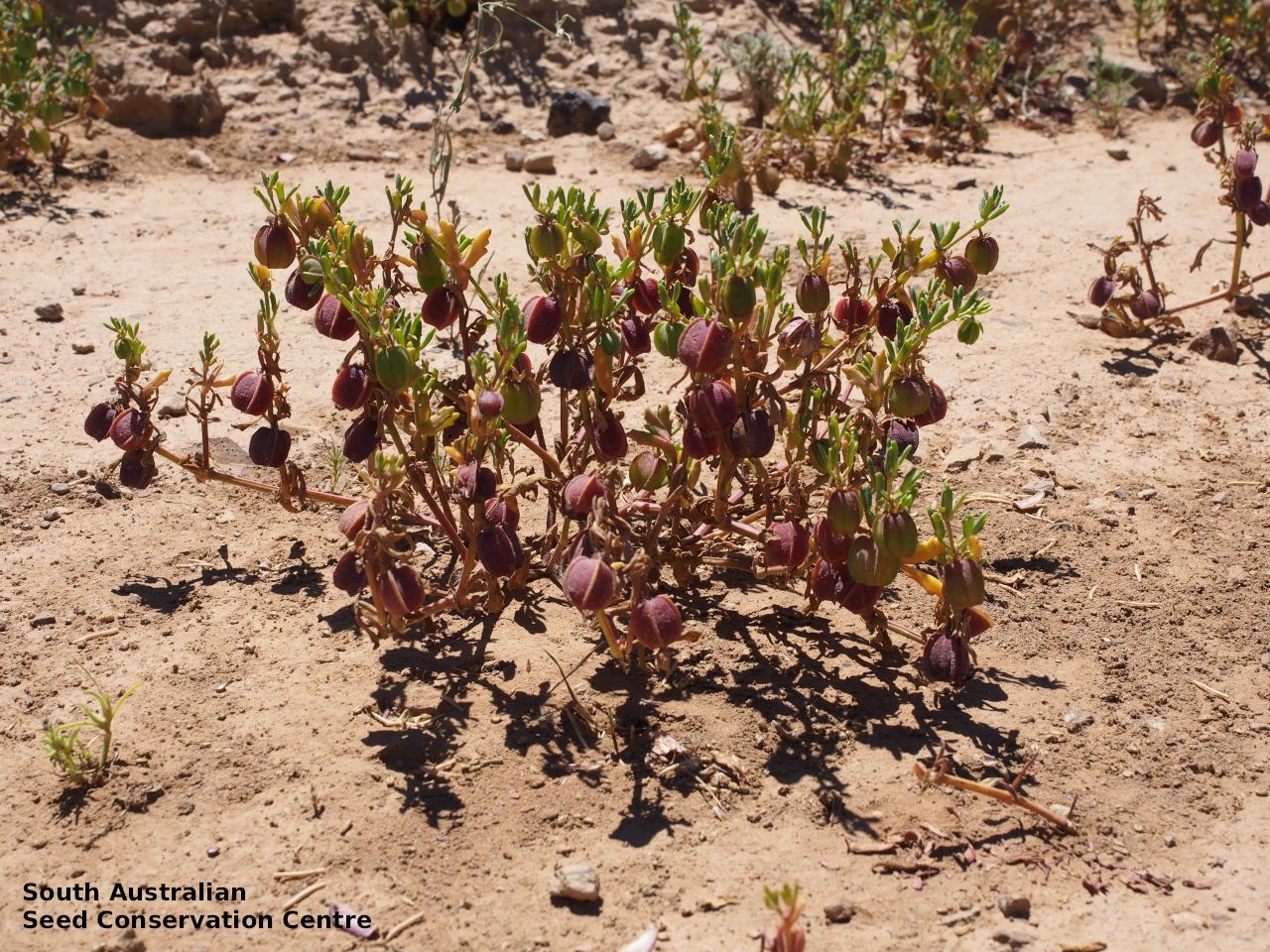
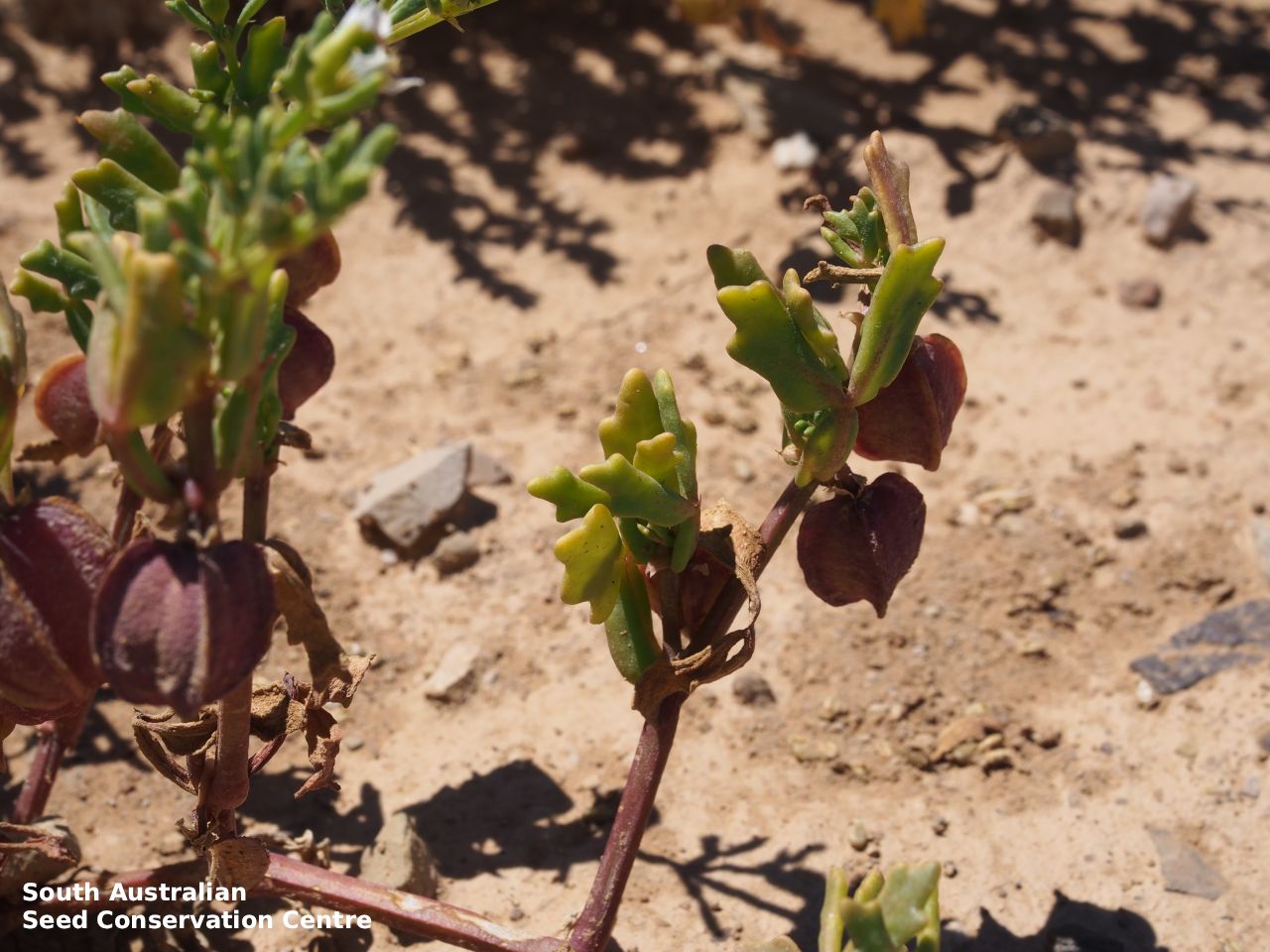
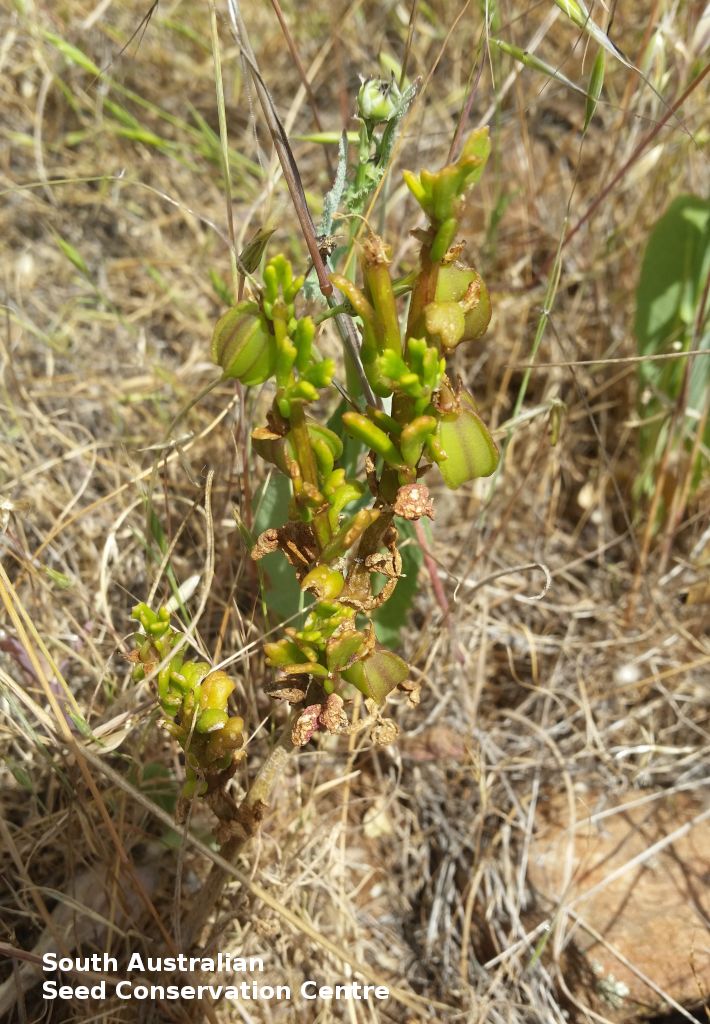
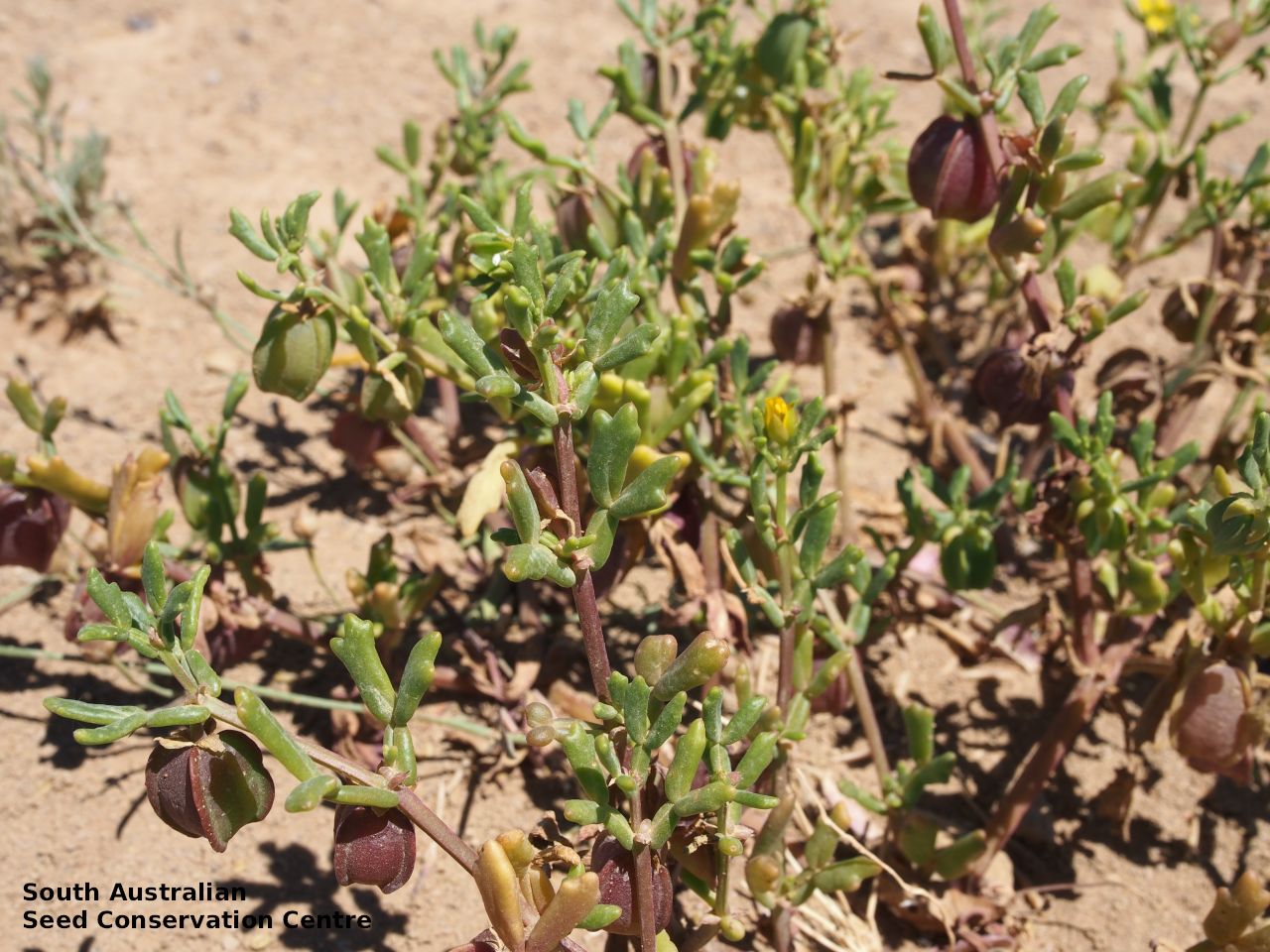
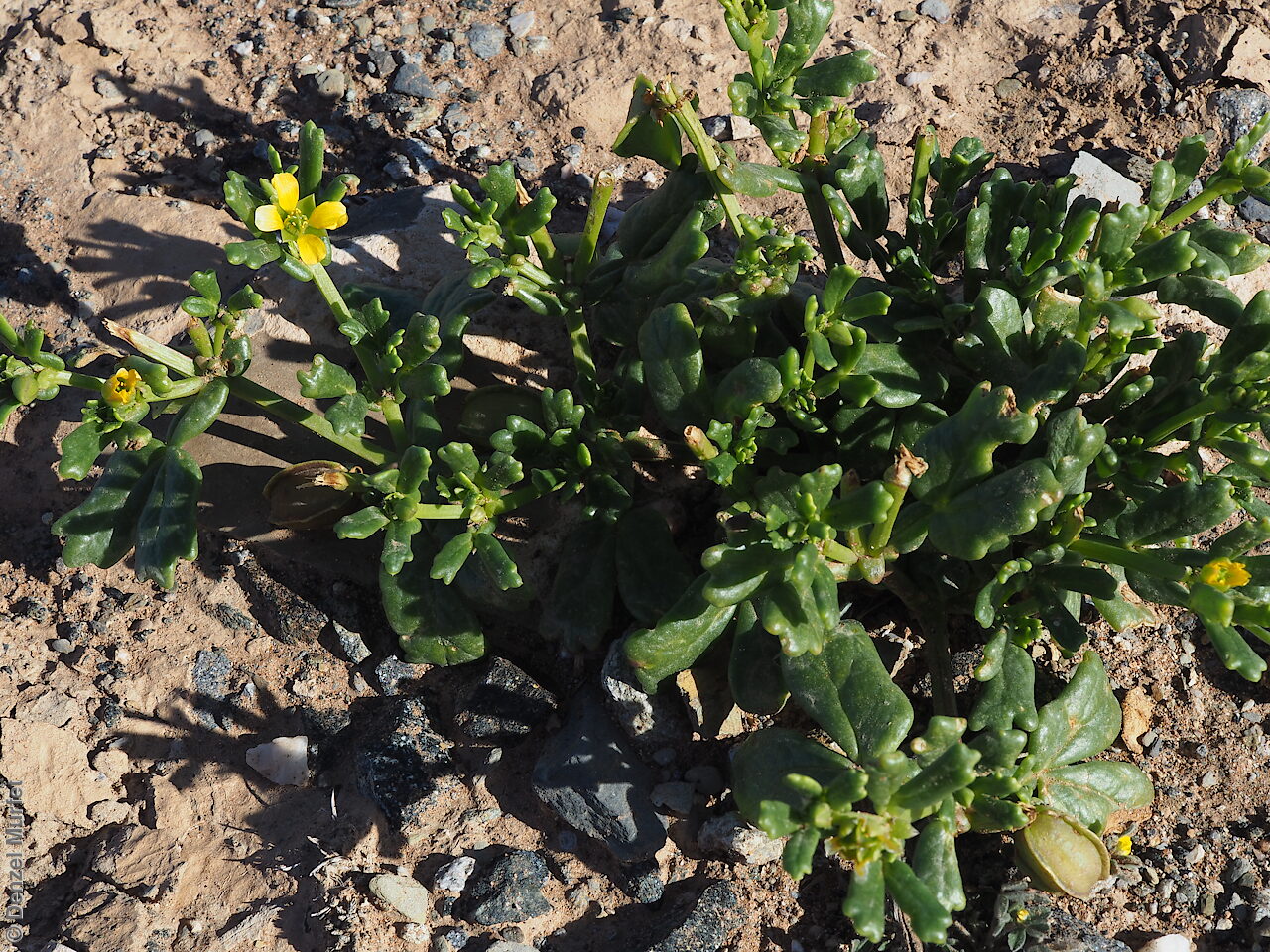
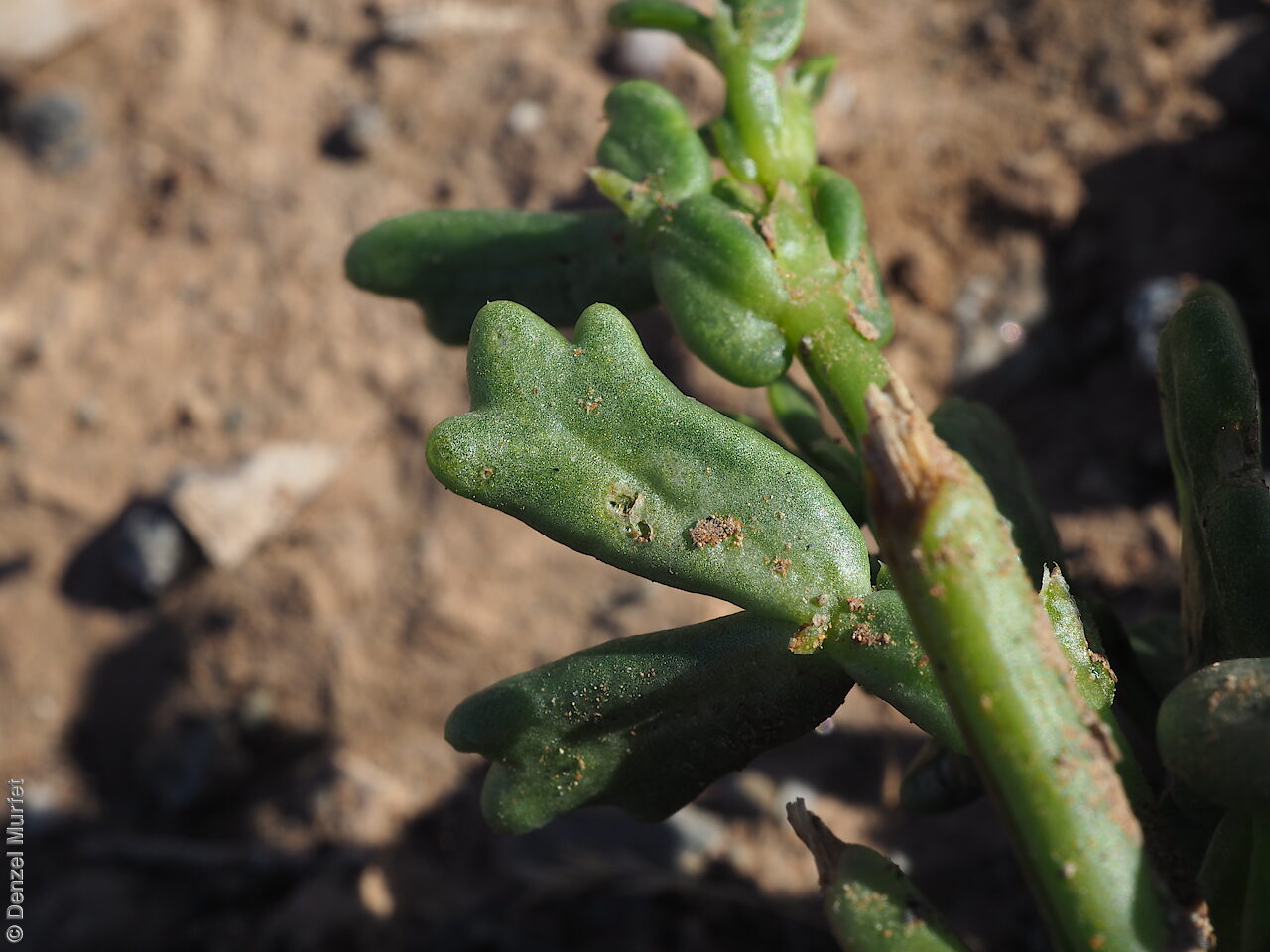
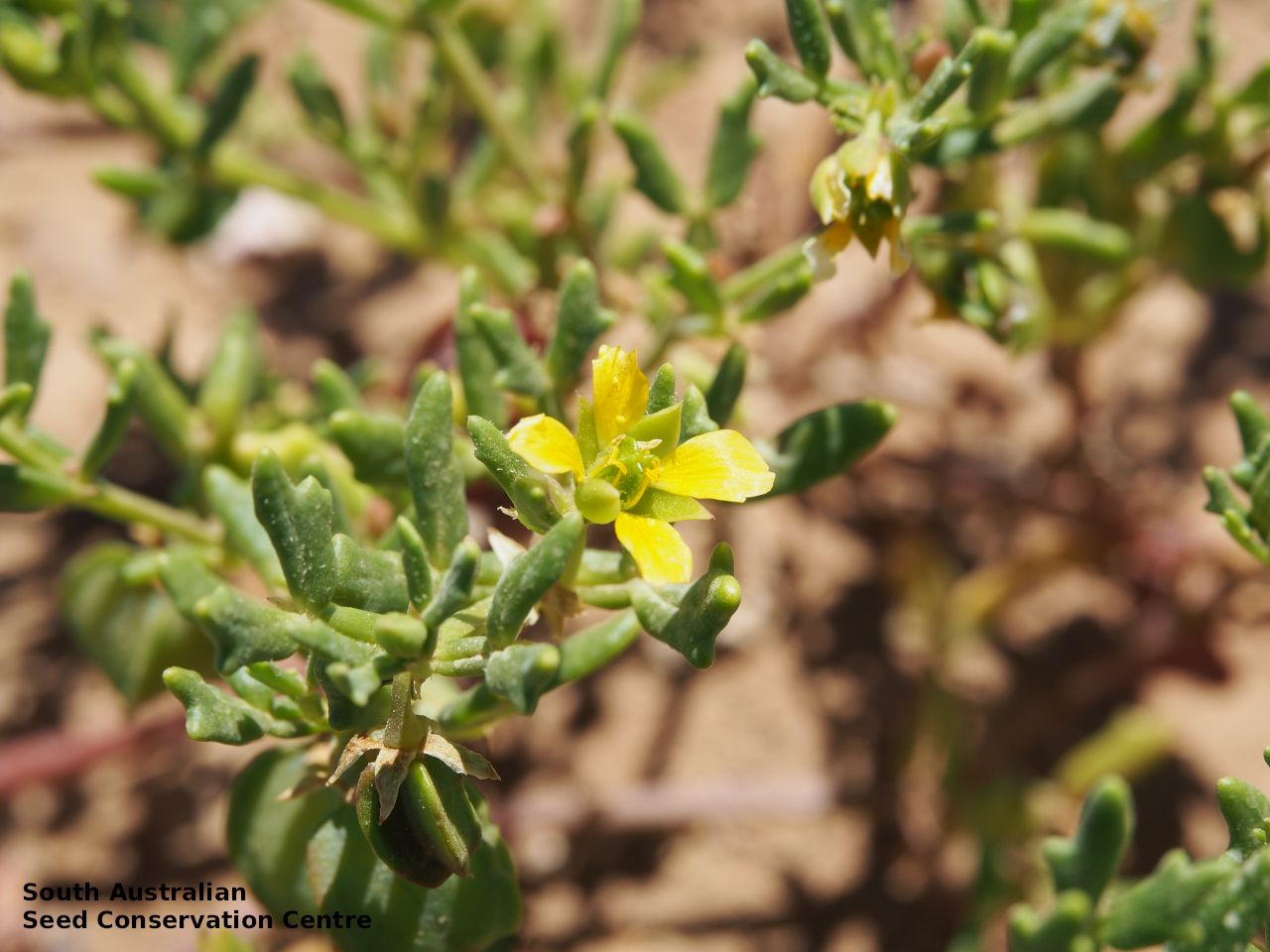
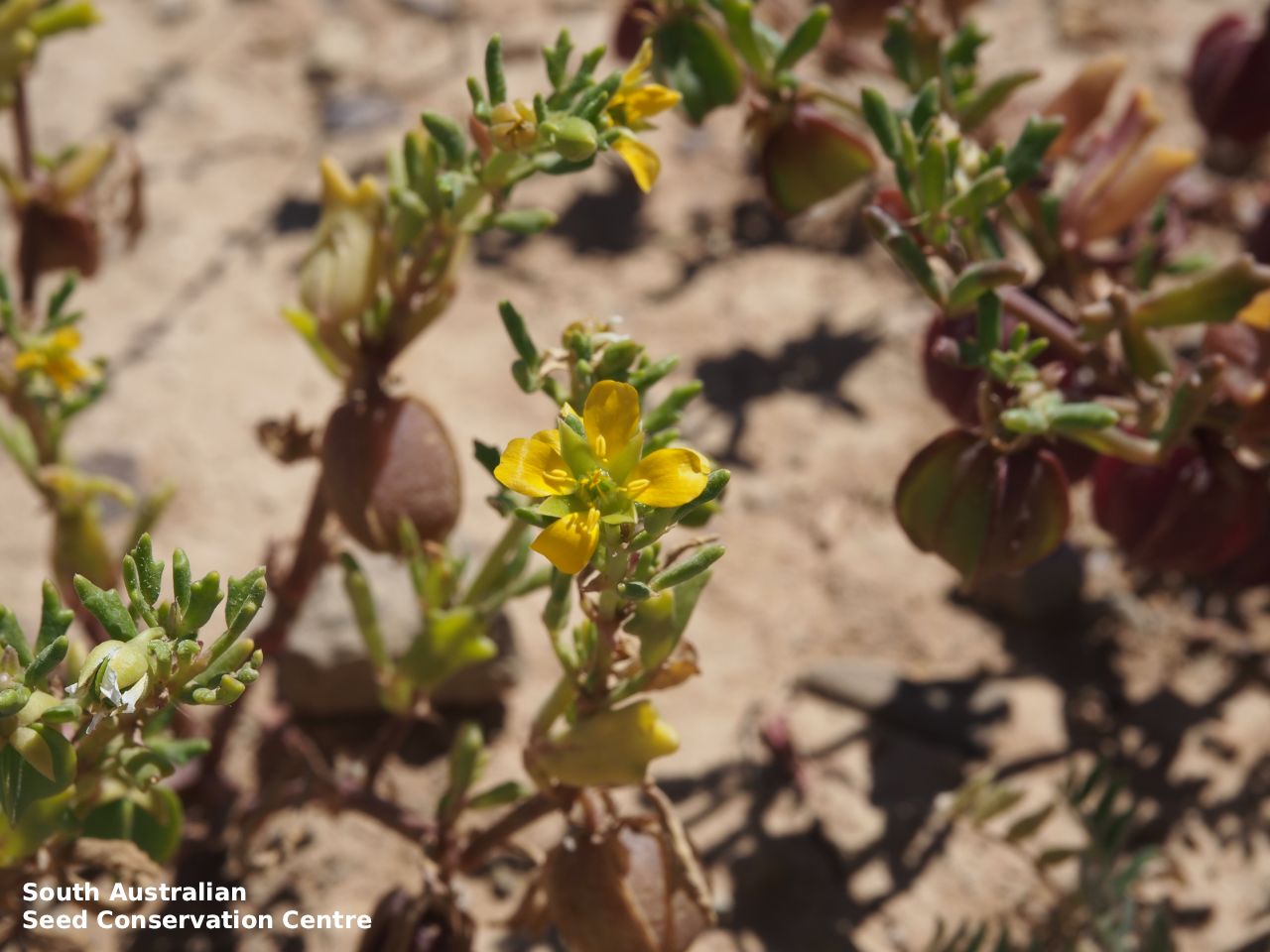
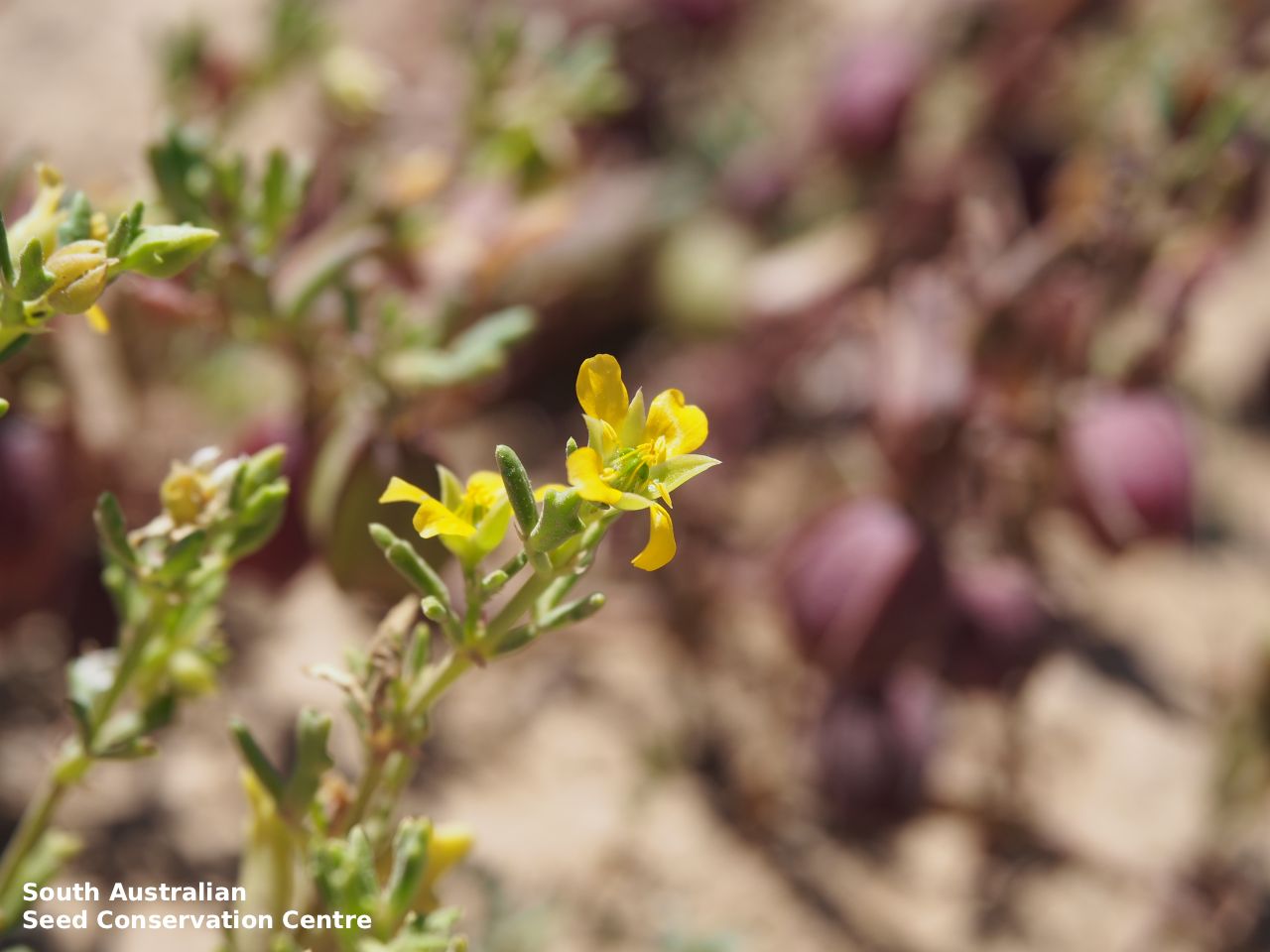
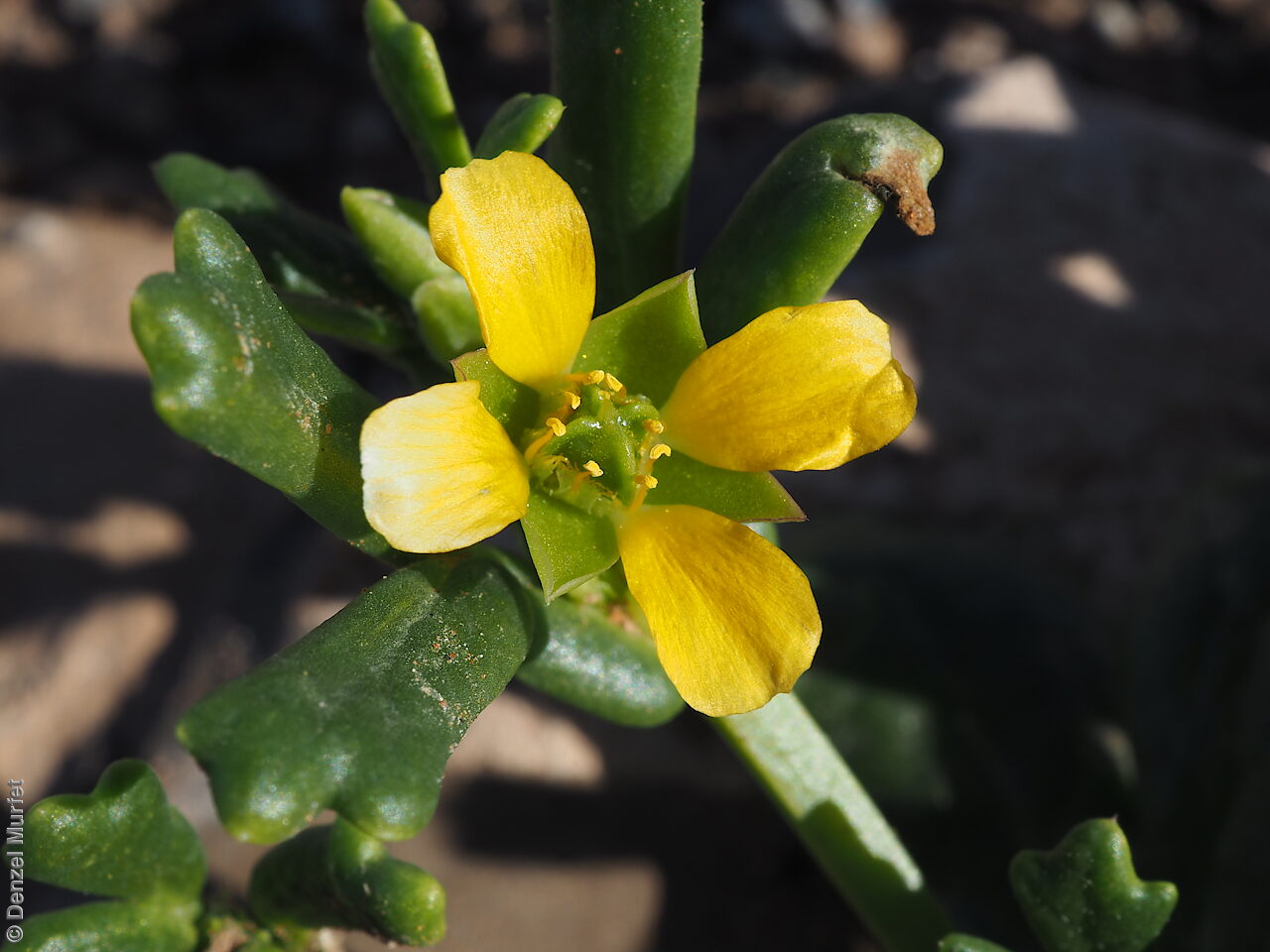
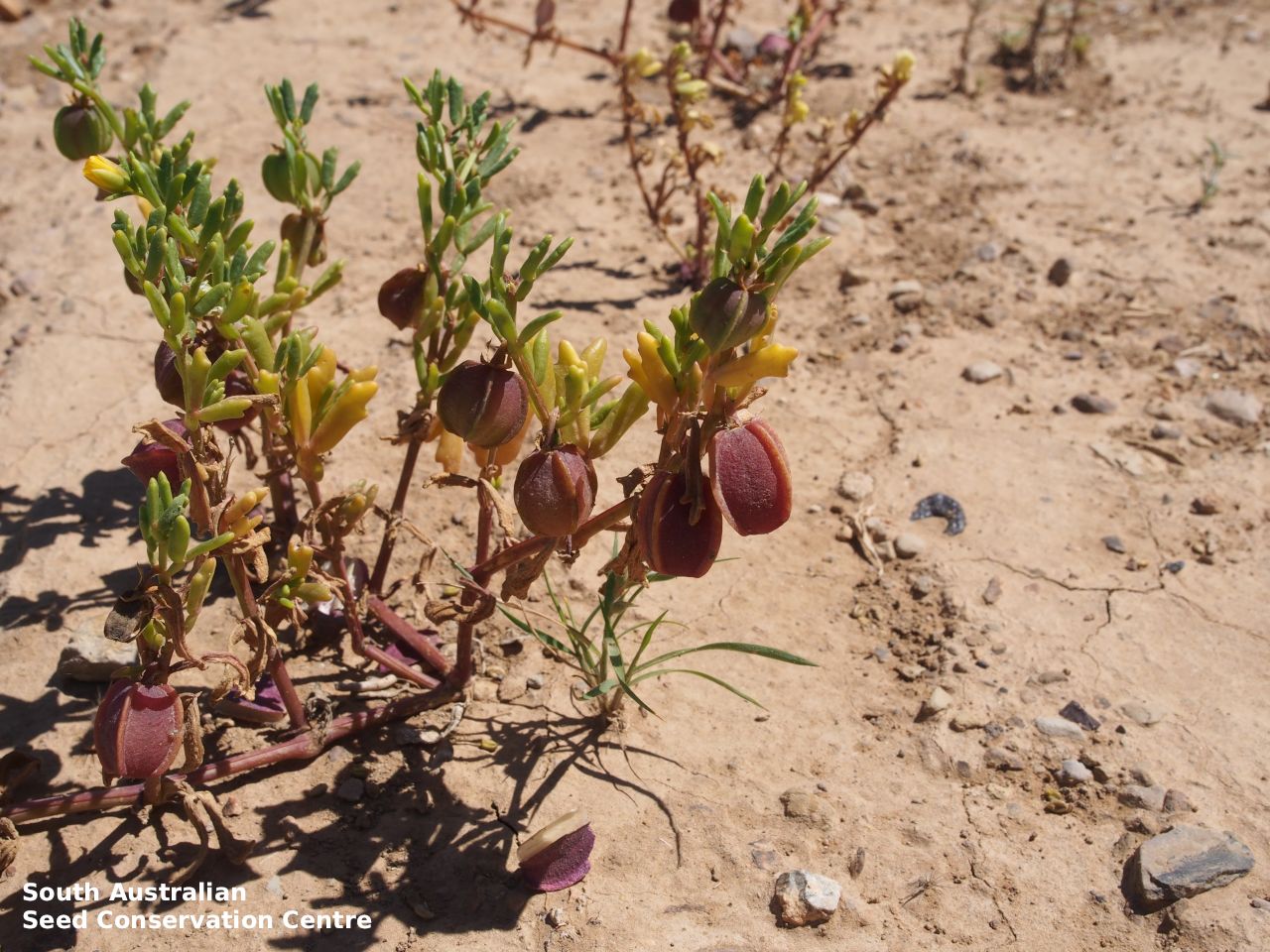
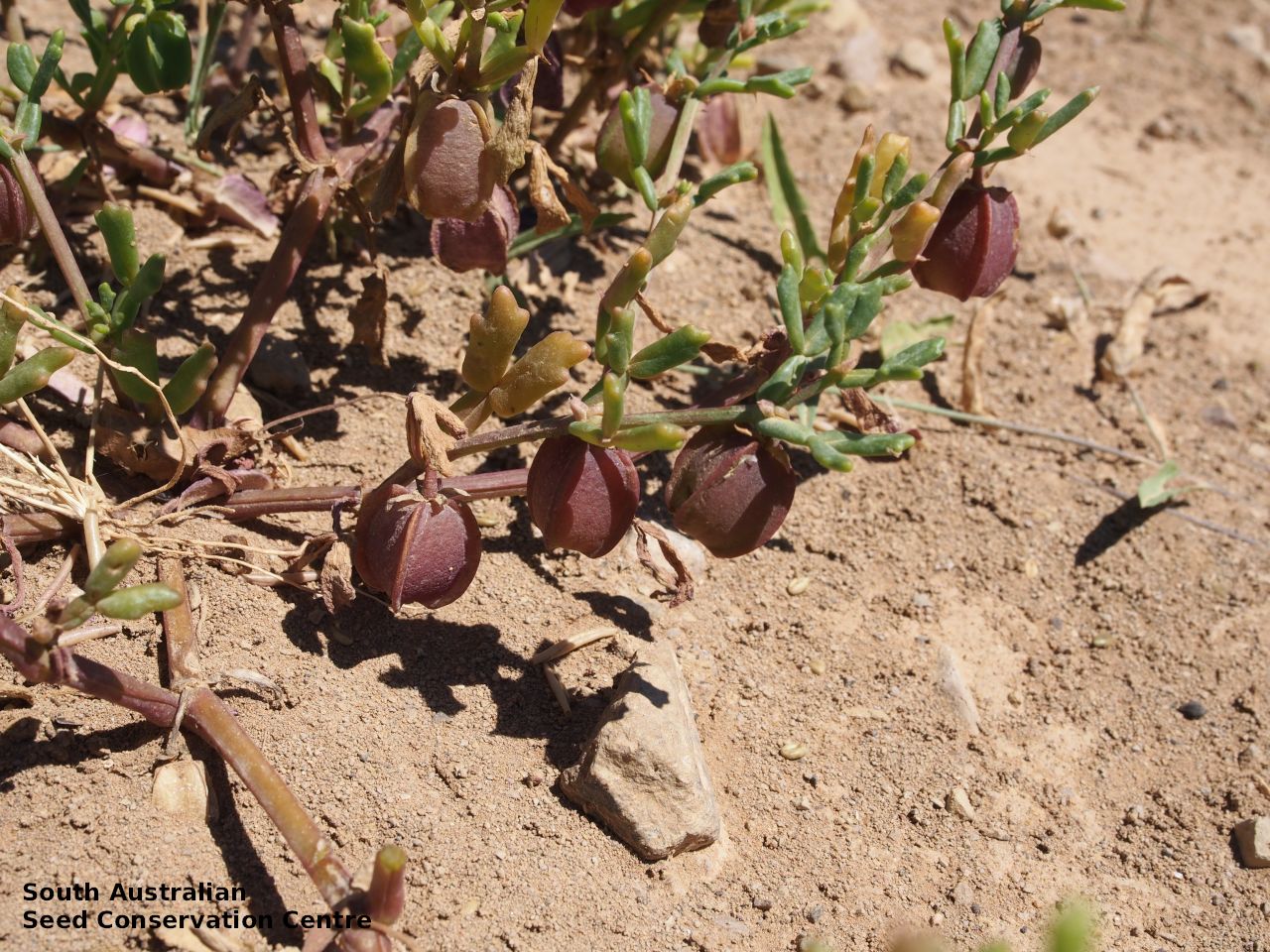
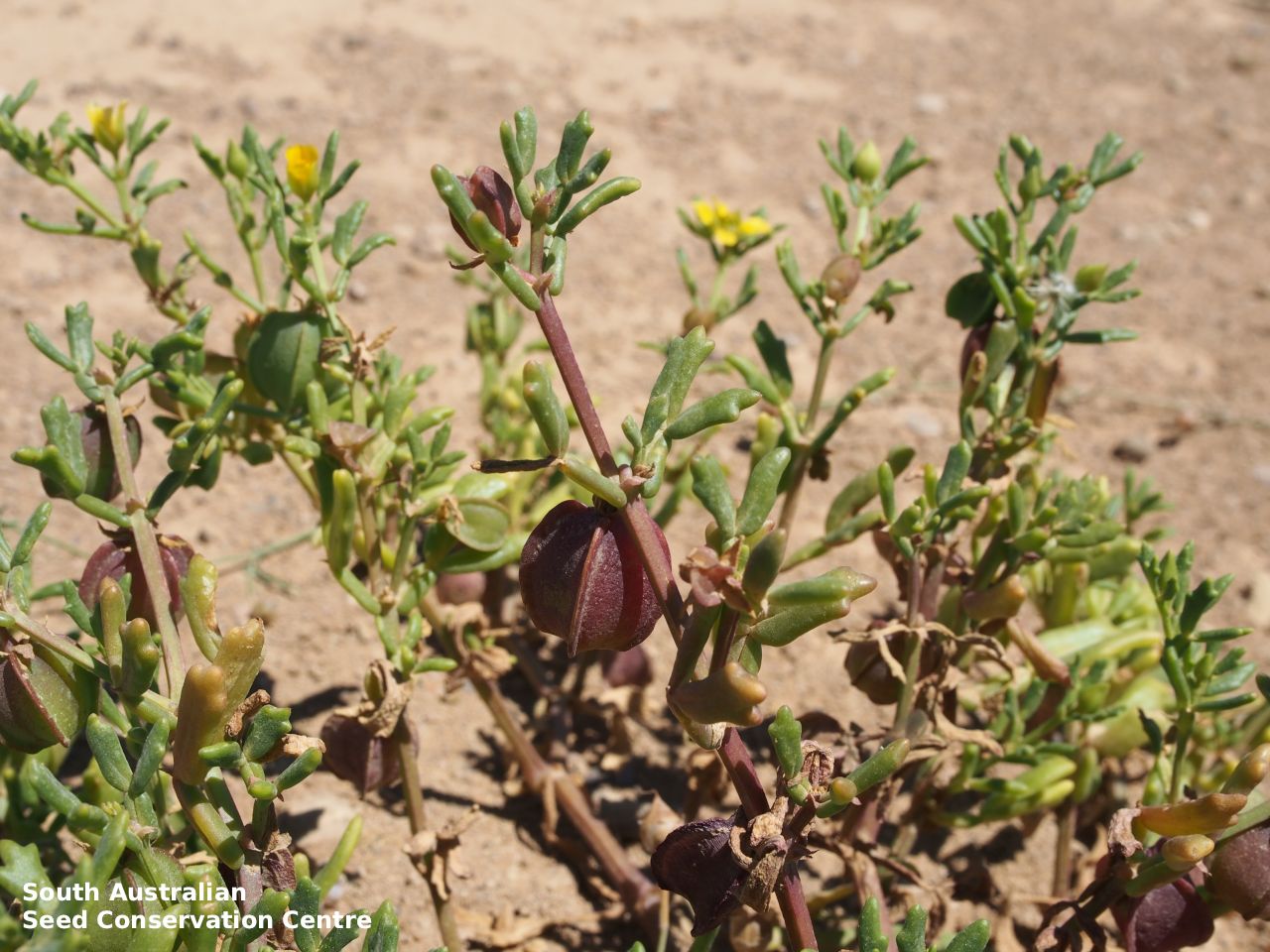
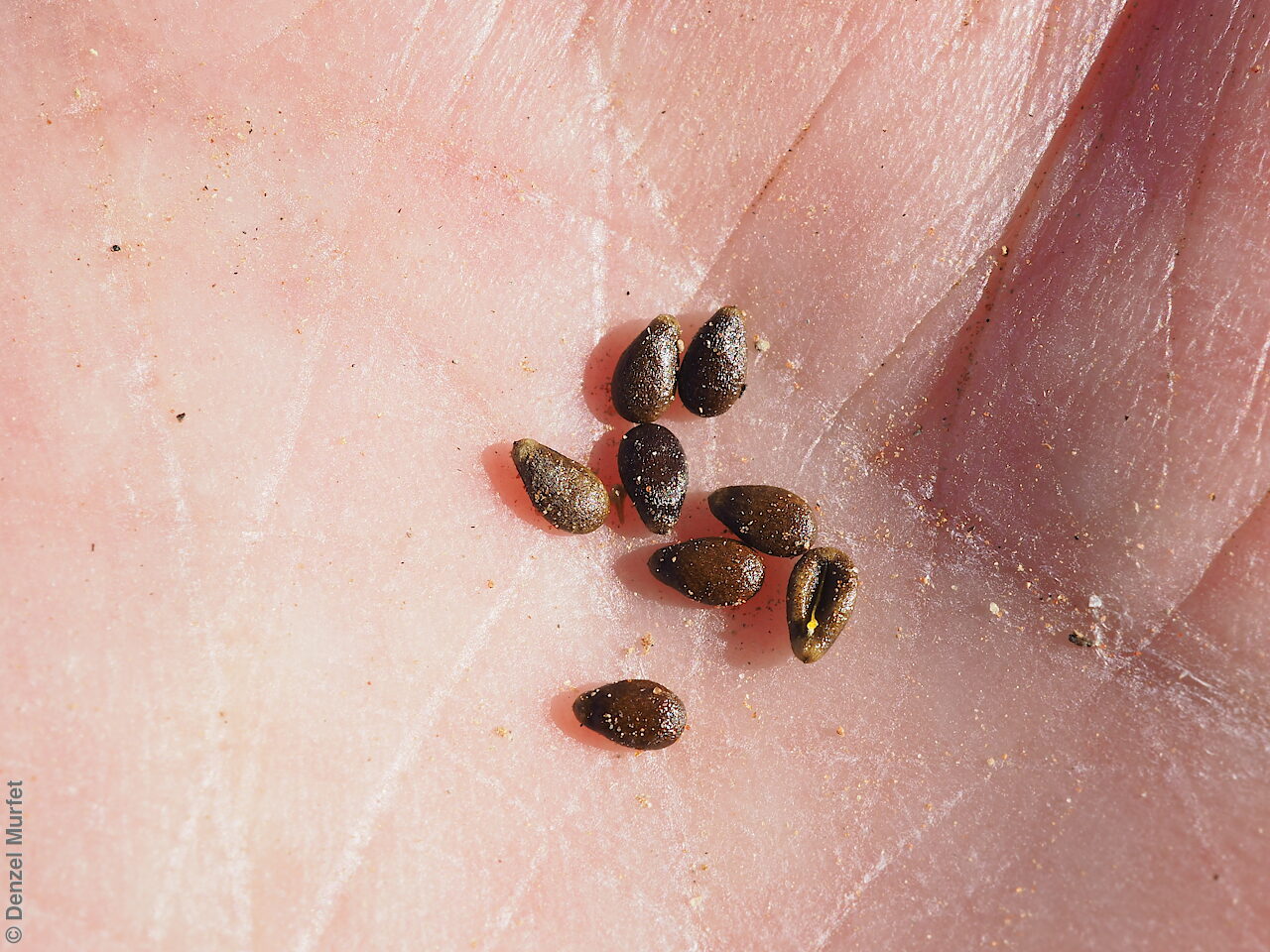
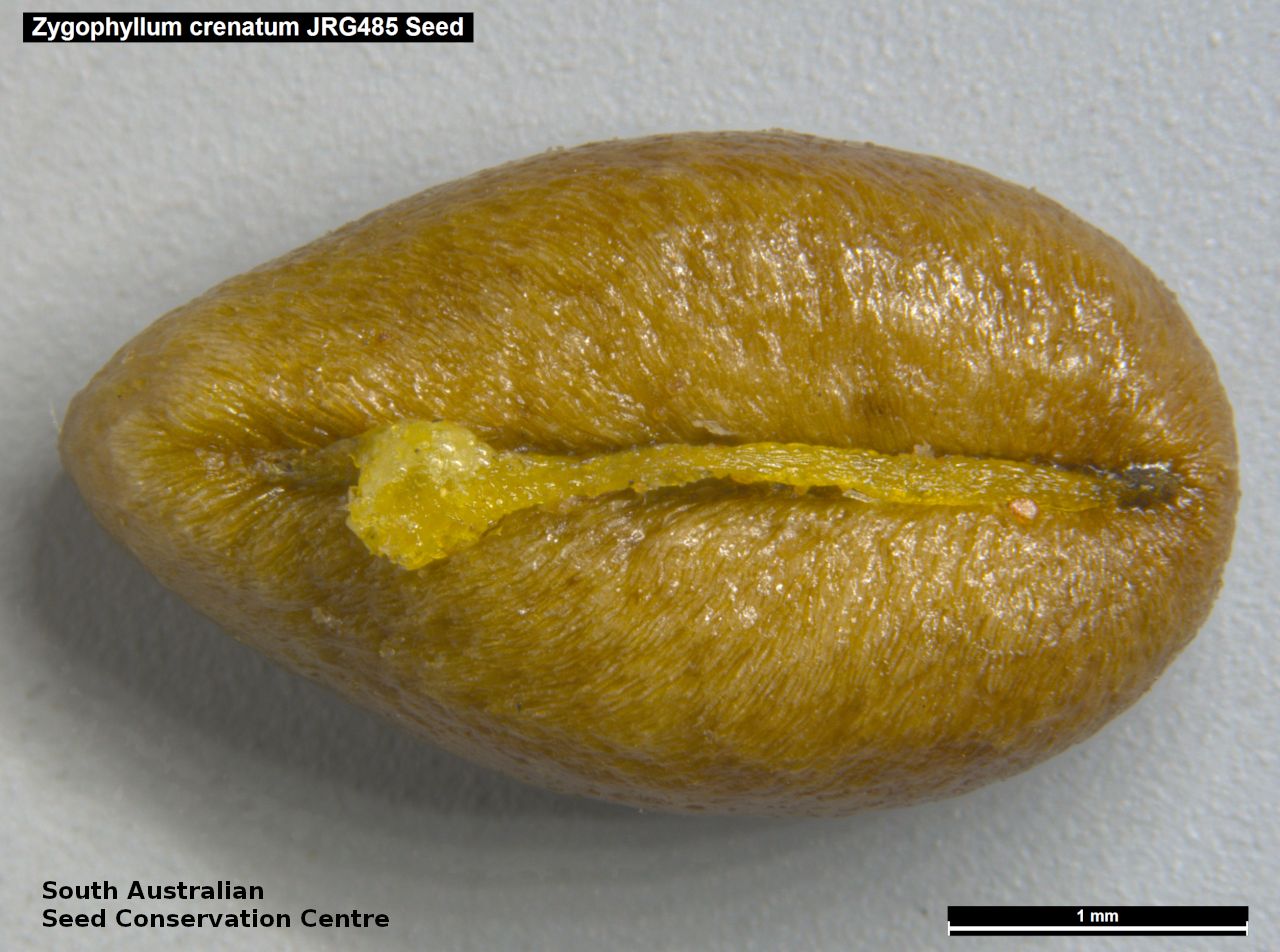
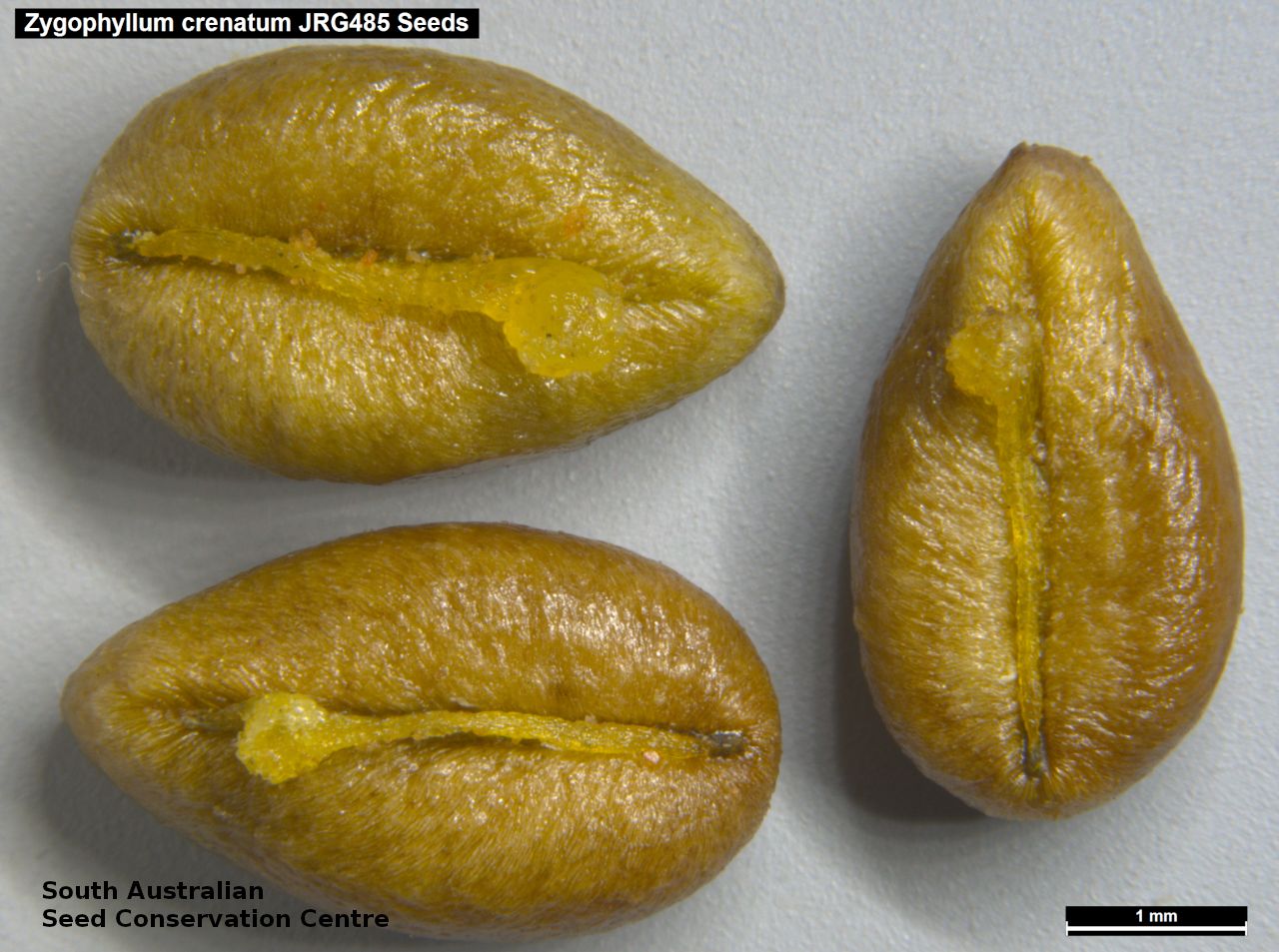

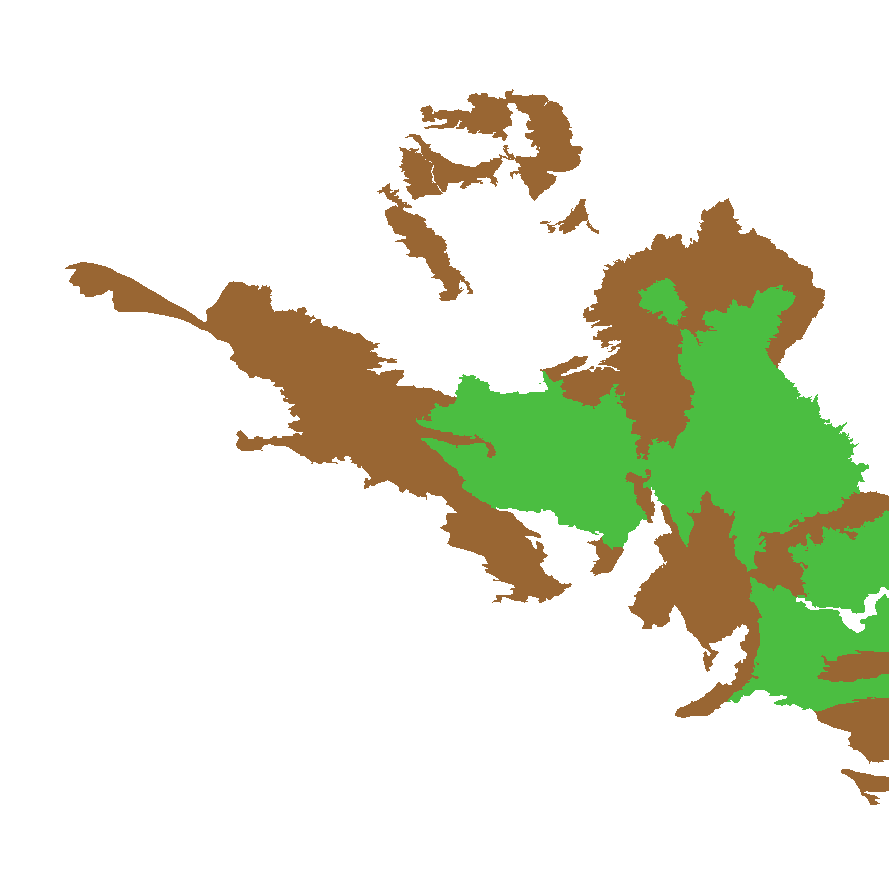
Botanical art
Prior names
Zygophyllum crenatum
Zygophyllum glaucescens var. lobulatum
Common names
Lobed Twinleaf
Notched Twinleaf
Etymology
Roepera (formally Zygophyllum which is from the Greek 'zygon' meaning pair and 'phyllon' meaning leaf; referring to the pair of leaflets making up each leaf) is named after Johannes August Christian Roeper (1801 -1885), a German botanist and physician. Crenata from Latin meaning notched or crenulate; referring to the crenated leaf apex usually with 3 blunt teeth.
Distribution and status
Found in the east central part of South Australia, growing on stony brown clay and clay loam. Also found in New South Wales and Victoria. Native. Common in South Australia. Uncommon in Victoria. Common in New South Wales.
Herbarium regions: Lake Eyre, Flinders Ranges, Eastern, Eyre Peninsula, Northern Lofty, Murray, Yorke Peninsula
NRM regions: Eyre Peninsula, Northern and Yorke, South Australian Arid Lands, South Australian Murray-Darling Basin
AVH map: SA distribution map (external link)
Plant description
Annual herb to 20 cm high with rather stout procumbent or ascending branches. Leaves to 70 mm long, green with leaflets articulate at base, narrow-oblong to narrow-obovate, to 35 mm long and 12 mm wide, apex crenate usually with 3 blunt teeth, petiole distinctly winged. Bright yellow flowers with 4 sepals and 4 petals about twice as long as the sepals. Flowering between august and October. Fruits are pale brown ovoid-oblong capsule to 20 mm long, 4-angled, drooping with 3-8 seeds in each cell. Seeds are yellow, ovoid to 4 mm long and 2.2 mm wide, with one straight depression. Seed embryo type is spatulate fully developed.
Seed collection and propagation
Collect seeds between October and December. Collect semi-dried and dried capsules by running your hands through the stems of the plant. Mature fruits will come off easily and will have a hard and dark seed inside each segment. Place the capsules in a tray and leave to dry for 1 to 2 weeks, depending on how green the fruit is. Then rub the dried capsules to dislodge the seeds. Use a sieve to remove the unwanted material. Store the seeds with a desiccant such as dried silica beads or dry rice, in an air tight container in a cool and dry place. Seed viability is usually high.
| Location | No. of seeds (weight grams) | Number of plants | Date collected | Collection number Collection location | Date stored | % Viability | Storage temperature |
|---|---|---|---|---|---|---|---|
| BGA MSB | 6,000 (44.1 g) 6,000 (44.1 g) | 50+ | 17-Oct-2016 | JRG485 Lake Eyre | 1-Nov-2017 | 100% | -18°C |
Number of plants: This is the number of plants from which the seeds were collected.
Collection location: The Herbarium of South Australia's region name.
% Viability: Percentage of filled healthy seeds determined by a cut test or x-ray.